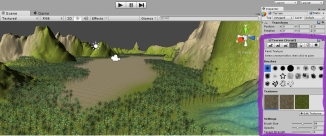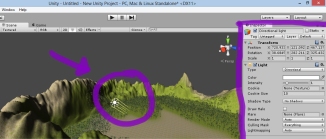In class my partner for this aesthetics assignment gave me verbal and written ideas and aesthetics behind her work. Briefly, she wrote that most of the things she did she based on what she just felt like doing at the time and what looked good. For example the background was dark because it highlighted the fire and from that I took that she wanted the fire to be highlighted. Other things she highlighted were scattered objects, setting things on fire and a potential for a soundtrack . But its what she said to me that I took in the most, she said ‘I like to burn stuff, but i’m not a pyromaniac’ so I named it ‘i’m not a pyromaniac’ and I made a sketch where the fire is the center and is highlighted, the idea is to set things on fire.
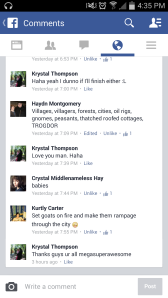 I asked around on Facebook ‘what do u want to burn?’ So the game sort of makes you less of a pyromaniac for wanting to burn things in the game, because you are burning things that everyone wants to burn so, ‘its okay’ and you are then, ‘not a pyromaniac.’ Maybe its a game for closet pyromaniacs? But basically things people want to burn fall from the sky in a dark forest and you can either set them on fire or save them with water. I really enjoyed making this sketch, it’s defiantly more exciting exploring somebody else’s idea. It feels as if its more inspiring to see something and change it rather than improve your own ideas.
I asked around on Facebook ‘what do u want to burn?’ So the game sort of makes you less of a pyromaniac for wanting to burn things in the game, because you are burning things that everyone wants to burn so, ‘its okay’ and you are then, ‘not a pyromaniac.’ Maybe its a game for closet pyromaniacs? But basically things people want to burn fall from the sky in a dark forest and you can either set them on fire or save them with water. I really enjoyed making this sketch, it’s defiantly more exciting exploring somebody else’s idea. It feels as if its more inspiring to see something and change it rather than improve your own ideas.
Some of the things included in the sketch are:
Books, trees, nyan cat, dota, World of tanks, villages, villagers, forests, oil rigs, gnomes, peasants, thatched roofed cottages, ‘TROGDOR’, babies, goat simulator goat and Voldemort.
If you have any other suggestions feel free to comment
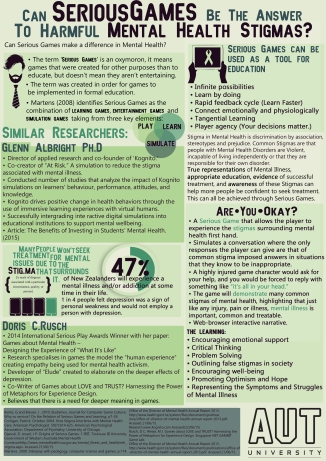



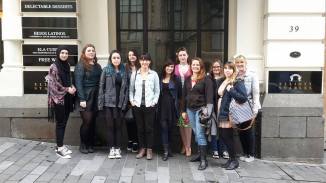



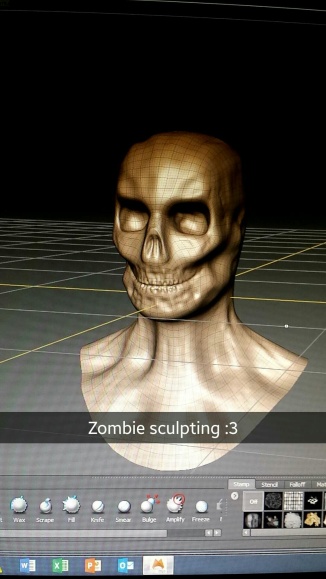

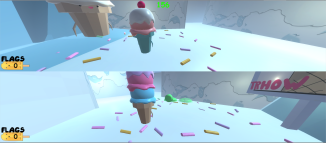







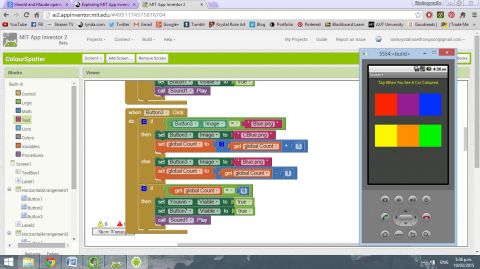
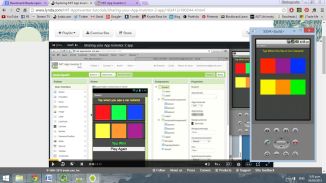
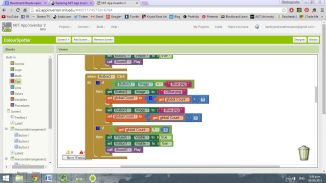
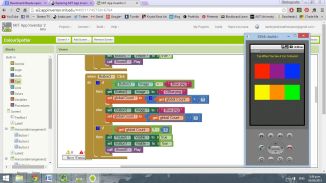



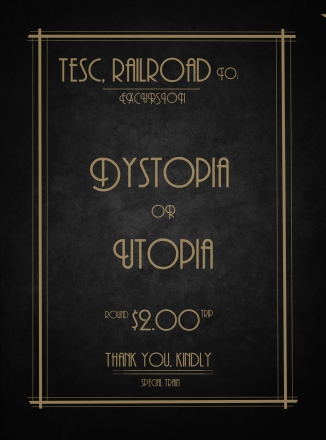
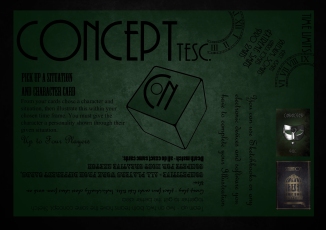














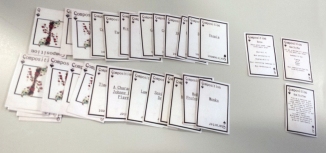
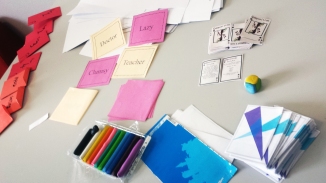





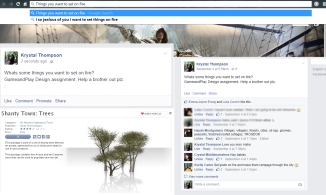
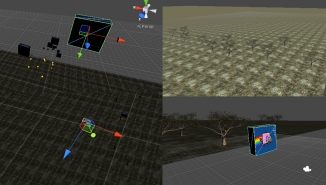
 I asked around on Facebook ‘what do u want to burn?’ So the game sort of makes you less of a pyromaniac for wanting to burn things in the game, because you are burning things that everyone wants to burn so, ‘its okay’ and you are then, ‘not a pyromaniac.’ Maybe its a game for closet pyromaniacs? But basically things people want to burn fall from the sky in a dark forest and you can either set them on fire or save them with water. I really enjoyed making this sketch, it’s defiantly more exciting exploring somebody else’s idea. It feels as if its more inspiring to see something and change it rather than improve your own ideas.
I asked around on Facebook ‘what do u want to burn?’ So the game sort of makes you less of a pyromaniac for wanting to burn things in the game, because you are burning things that everyone wants to burn so, ‘its okay’ and you are then, ‘not a pyromaniac.’ Maybe its a game for closet pyromaniacs? But basically things people want to burn fall from the sky in a dark forest and you can either set them on fire or save them with water. I really enjoyed making this sketch, it’s defiantly more exciting exploring somebody else’s idea. It feels as if its more inspiring to see something and change it rather than improve your own ideas. 

